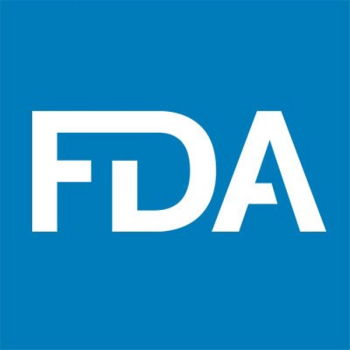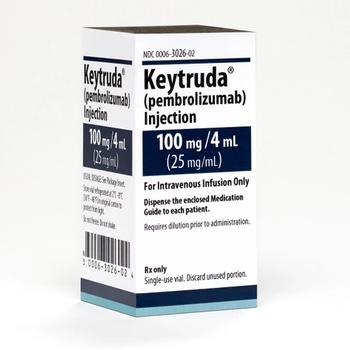
Collaboration Key to a Holistic Model of Cancer Care
A holistic approach provides value and creates plans that support the wide-ranging needs of cancer patients and their families.
As cancer care becomes more effective, patients are living longer, better lives. Paying for cancer care, however, remains a problem, but payers and employers can help by advocating for treatments that provide the best value and creating plans that support the wide-ranging needs of cancer patients and their families.
Cancer deaths have been dropping since the 1990s, according to a report from the National Alliance of Healthcare Purchaser Coalitions, yet costs continue to rise. More than $147 billion was spent on cancer care alone in 2017, according to the report, spurring debate about how best to manage these rising costs. Michael Thompson, president and chief executive officer of the National Alliance of Healthcare Purchaser Coalitions, says his organization has developed an assessment of how health plans are currently managing cancer for their members. The
“It has become kind of our roadmap for how to help explain to employers how they should be engaging with their health plans,” Thompson says.
In the past, talking about intervening on cancer care was a no-fly zone, he says. It was a hands-off issue for employers, in part because they didn’t want to stand in the way of employees and families receiving life-saving treatments. Now, with so many good, effective options for cancer care, it’s a different story.
“This has evolved in a way that is very healthy and good. Some of it relates to the fact that our ability to treat cancer has never been better,” Thompson says. “And a lot that relates to the progress in the industry on how to treat cancer. But the second is cost.”
The cost of cancer care has increased exponentially, he says, and employers are beginning to discuss quality measures as a way to control costs. Is the diagnosis right? Are tests being done correctly?
“Misdiagnosis is not a rare thing in cancer, and we do want to support getting to the right provider,” Thompson says. “We want to make sure we do right by families and employees and get the care they need. At the same time, we don’t want to waste money on that process.”
Related:
There has been some discussion about care received at community oncology providers versus national centers. In many cases, cancer care can be handled in a very standardized, cost-effective way at community care centers. Employers and payers also realize that there are more rare cancers that require higher cost specialty care, he says. Finding the best ways to support patients while keeping cost in mind is the challenge.
There are a number of recommendations included in the report, such as developing a patient-centered approach for cancer care that offers employees and their families comprehensive support; ensuring care will include support for the cancer patients entire journey, including psychosocial needs, benefits coordination, and planning for a return to the workforce; reviewing benefits coverage to assess for adherence to evidence-based standards while also finding ways to include new treatments at a reasonable cost; include best practices and bundled payment models into payment plans to address both quality and cost; and review high-cost, poor-outcome treatments.
Employers can get frustrated when treatments continue with poor outcomes, but health plans can help support patients to get the right treatment more quickly, and to not throw money at treatments that won’t deliver outcomes, Thompson says.
There is also a push to better support patients and their families outside of medical care.
“One problem is that no matter where you are in the cancer journey, the psychosocial issues really come to the forefront,” Thompson says.
It’s important to consider the patient’s preferences and values in creating treatment plans, he adds. For many patients, the value of treatment isn’t just the physical outcomes, but involves meeting their financial needs and being closer to their families. Employers should also be building plans with the patient’s financial health and support to return to work in mind.
“There’s so much more we can do to support patients with better outcomes and to also optimize experiences during this period,” Thompson says. “At the end of the day, it’s about value. And the numerator of that value is the health and wellbeing of the patient and their family. You’re going to get better outcomes when you think more holistically around the care of the patient.”
Rachael Zimlich, RN, is a writer in Columbia Station, Ohio.
Newsletter
Get the latest industry news, event updates, and more from Managed healthcare Executive.






















































